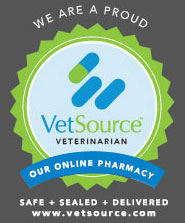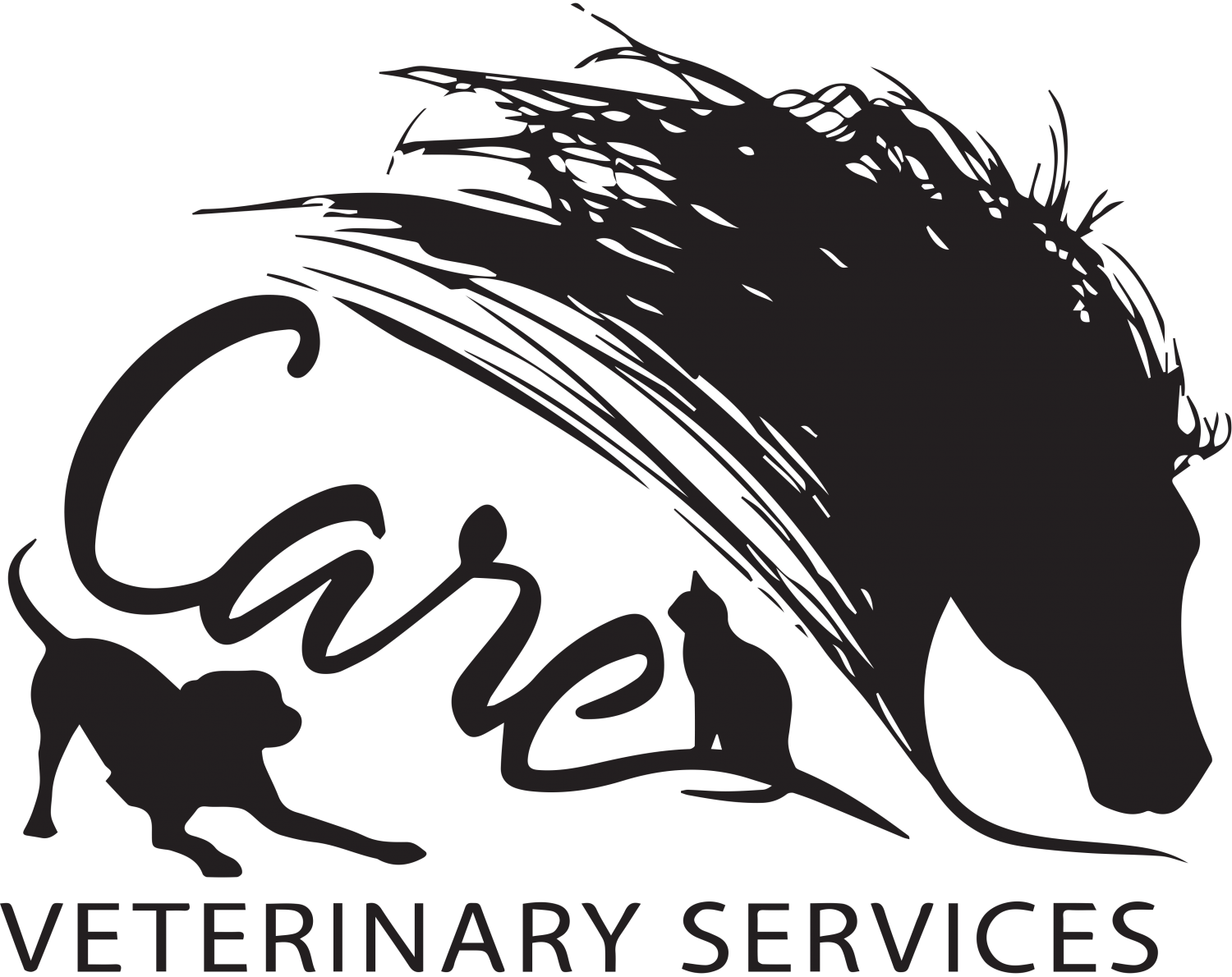|
DIY Indoor & Outdoor Recipes

Many pet owners have questions on how they can make their own food or have more natural options for cleaners, parasite prevention etc. We have found many helpful recipes/remedies in the book “The Forever Dog Life”, by Karen Becker and Rodney Habib. If there are concerns with your pet’s health, please don’t hesitate to call us at 989-871-1157.
The following recipes and information are from “The Forever Dog Life” book written by Dr. Karen Becker and Rodney Habib. Home - Forever Dog Life Book.
- The Basics of Nutrition: Do's and Don'ts
- Pets don’t need refined carbohydrates
- Aim for the bulk of calories to come from protein and fat (allowing for 10% wiggle room for treats and toppers)
- Many bags of dry pet food contain up to 50% of carbohydrates (bad because carbs convert to starch, then sugar and sugar feeds inflammation)
- Pets do need healthy sources of fiber to maintain a thriving microbiome (gut health)
- How Do You Start Bettering Your Pet’s Nutrition?
- Start swapping up, replacing poor-quality, “feed-grade” big-box store-bought treats with nutritious homemade options
- No more than 10% of the diet should be treats
- How to Change Your Animal’s Main Meals
- To avoid GI upset, you should gradually introduce new diets to your pets rather than all at once. To plan for this, consider: How much fresh food do you ultimately want to add to your pet’s bowl– daily or a few times a week? You don’t have to have an answer immediately. Once you start adding fresh food to your pet’s diet, you may find it so easy you can step it up and add it more often
- To make the transition seamless, follow these steps:
- Step 1: Make one of the complete and balanced meal recipes provided. If your animal has a sensitive stomach, choose a homemade recipe that has a similar protein to what their current food is (if they are currently eating a beef diet, choose a homemade beef recipe.)
- Step 2: Replace 10% of current food with 10% new, homemade food. Mix very well. Monitor feces. Some cats and finicky dogs may need to start with a smaller amount, maybe a 5% swap.
- Step 3: Continue to replace 10% old food with 10% new food until you are feeding as much new, homemade food as you wish to feed.
- Food and Water Bowls
- Dog bowls are one of the dirtiest places in your entire house. The clear, slippery film on the bottom of the dish is called biofilm which is brewing with bacteria that can be transferred from your dog to you.
- No matter which bowl you choose, make sure you’re washing it after every meal
- What type of bowl is best?
- Plastic: No! Plastic bowls grow the largest number of pathogens of any type of bowl. They can leach endocrine- and melanin-disrupting chemicals that cause contact dermatitis, leaving your pet’s muzzle red and irritated
- Ceramic: Be careful! Ceramic bowls harbor colonies of the most harmful bacteria, including salmonella, E. Coli, and MRSA. They also can contain lead, so make sure it's marked for food-safe and lead-free if opting for this type of bowl. Clean daily and replace if you see fine lines or superficial cracks.
- Stainless steel: Yes, though cheaper brands have been involved in recalls due to heavy metal contamination. Be sure to buy high- quality bowls (18 gauge metal) from a trusted source.
- Kitchen-safe glass: Yes. Durable, kitchen-friendly glass bowls, such as Pyrex.
- What about lick mats and food holders? Yes, but clean and replace regularly. They are safe for a short time they are in use and can retain food odors and stains.
- Information on Commercial Dog Food
- Rotate pet food, rotate brands and proteins often
- Aim to buy minimally processed (the least heat-adulterated) foods
- What does processed dog food mean?
- The more processed a pet food is, the more unwanted chemical by-products or high-heat processing will be present
- Minimally processed = Fresh or frozen pet food with no or only one thermal (heat) or pressure (high-pressure pasteurization) processing step. (ex. Corn, carrots, balanced homemade)
- Processed = The previous category’s (minimally processed) definition modified by an additional thermal (heat) process. This includes gently cooked dog food and freeze-dried or dehydrated diets made with ingredients that were previously processed (not raw). (ex. Canned corned, carrot juice, commercially cooked food)
- Ultra-processed = Fractioned, recombined foods with added ingredients, meaning dry, canned, or manufactured using several thermal or pressure processing steps for the final product. (ex. Corn hips, carrot cake, dry kibble)
- Look for dehydrated, freeze-dried, gently cooked, or raw (generally found in the freezer section or online)
- The fewer the bad carbs the better
- How to determine the amount in the pet food
- Look for the Guarantee Analysis on your dry food label
- Follow this formula
- Protein + Fat + Fiber + Moisture + Ash (if not listed, us 6%) = X
- 100 - X = PERCENT CARBS
- Aim to find a dog food with LESS than 20% carbs (ideally 10%)
|






